opening hours
Monday closed
Tuesday to Sunday 11 am – 7 pm
EARLY TICKET OFFICE CLOSURES
Saturday and Sunday last entry at 5:30 pm
- full price € 15 at the box office - € 14 online
- reduced price € 12 at the box office - € 11 online
for young people aged between 18 and 25 (not yet turned 25);
for groups of 15 people or more; registered journalists with a valid ID card; La Galleria Nazionale, Museo Ebraico di Roma ticket holders; upon presentation of ID card or badge: Accademia Costume & Moda, Accademia Fotografica, Biblioteche di Roma, Centro Sperimentale di Cinematografia, Enel (for badge holder and accompanying person), FAI – Fondo Ambiente Italiano, Feltrinelli, IN/ARCH – Istituto Nazionale di Architettura, Sapienza Università di Roma, LAZIOcrea, Palazzo delle Esposizioni, Amici di Palazzo Strozzi, Accademia Nazionale di Santa Cecilia, Scuola Internazionale di Comics, Teatro Olimpico, Teatro dell’Opera di Roma, Teatro di Roma, Università degli Studi di Roma Tor Vergata, Youthcard - open € 18
valid for one year from the date of purchase
- free
minors under 18 years of age; disabled people requiring companion; EU Disability Card holders and accompanying person; MiC employees; European Union tour guides and tour guides, licensed (ref. Circular n.20/2016 DG-Museums); 1 teacher for every 10 students; ICOM members; AMACI members; journalists (who can prove their business activity); myMAXXI membership cardholders; European Union students and university researchers in Art and Architecture, public fine arts academies (AFAM registered) students and Temple University Rome Campus students from Tuesday to Friday (excluding holidays); IED – Istituto Europeo di Design professors, NABA – Nuova Accademia di Belle Arti professors, RUFA – Rome University of Fine Arts professors; upon presentation of ID card or badge – valid for two: Collezione Peggy Guggenheim a Venezia, Castello di Rivoli Museo d’Arte Contemporanea, Sotheby’s Preferred, MEP – Maison Européenne de la Photographie; on your birthday presenting an identity document
Collection
MAXXI’s Collection of Art and Architecture represents the founding element of the museum and defines its identity. Since October 2015, it has been on display with different arrangements of works.



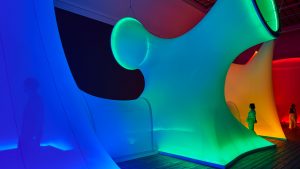
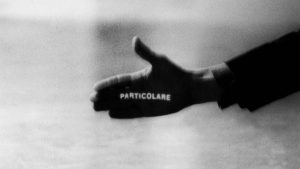

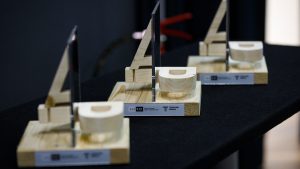
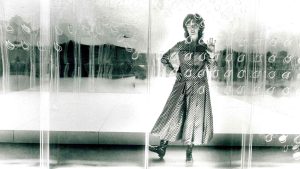


















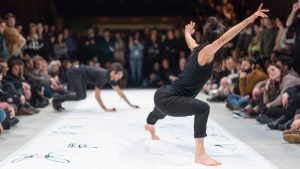










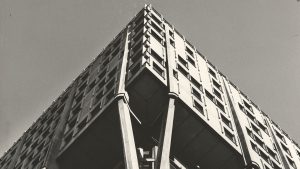

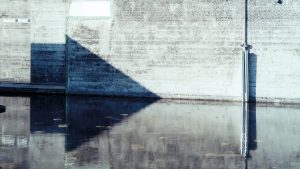
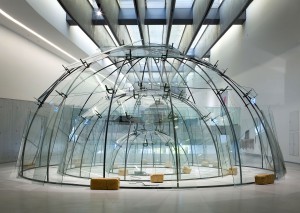
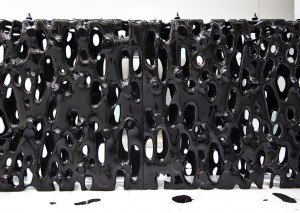
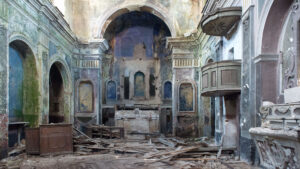

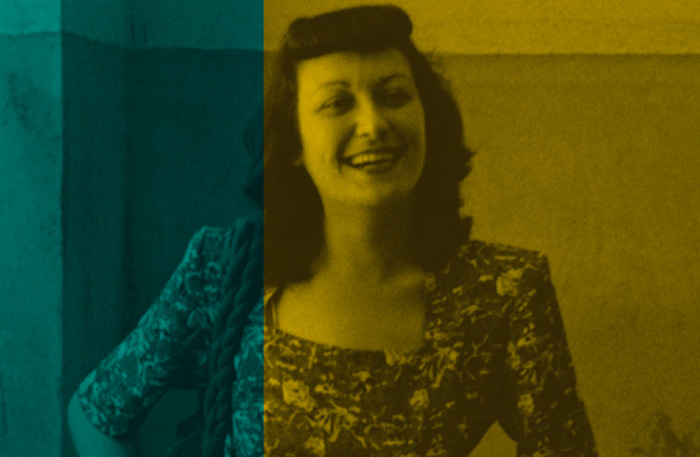
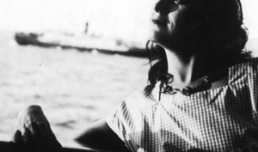
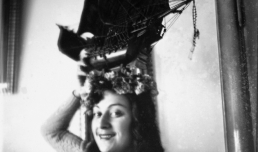
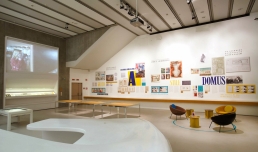
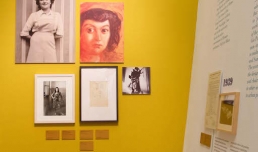

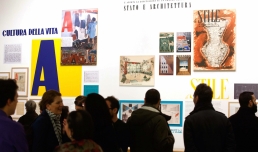
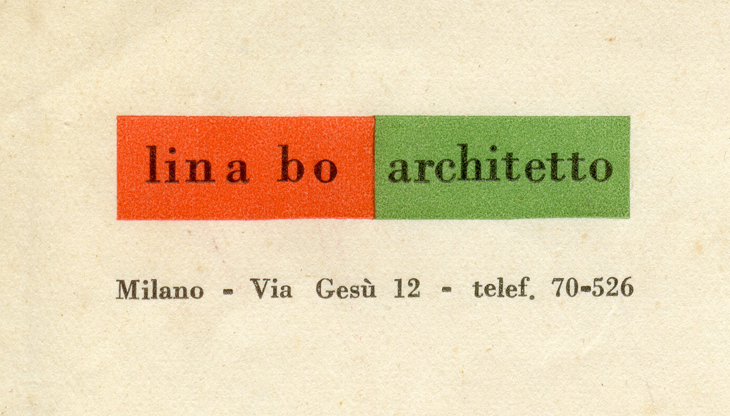


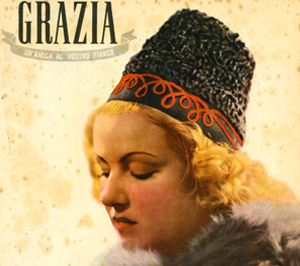




curated by Margherita Guccione
MAXXI Architettura Archives Centre
— I never wanted to be young.
What I wanted was to have a History
A “small” exhibition dedicated to a “great figure,” Lina Bo Bardi, a pioneer of Italian architecture, on the occasion of the centennial of the architect’s birth.
This exhibition retraces the History of Lina Bo, in the form of a reverse chronology: from 1946, the year she left for South America with her husband Pietro Maria Bardi, back to her graduation in Rome in 1939.
It tells the story of her intense and tormented years in Milan, prior to her departure for Brazil, a nation she adopted as her home and where she finally found personal and professional satisfaction.
In Milan, together with Carlo Pagani, Lina received her first professional commissions, despite the limitations imposed by the War. In parallel, she was a member of the editorial board of various architectural journals and instructive publications
In addition to designing buildings connoted by a significant material and expressive strength, evidence of a consistent attention toward the social responsibility of architecture, Lina also created multi–coloured imaginative worlds in her drawings: a highly personal iconographic universe that would consistently accompany her development as an architect. These are the origins of Lina Bo Bardi’s history, evoked in her Curriculum letterario (Literary Curriculum); a history of ideas at the time considered avant–garde, and extremely relevant to this day; a history written and drawn entirely by her.
In collaboration with Domus and Instituto Lina Bo e Pietro M. Bardi
Technical sponsor ARPER SpA
With the participation of The Piranesi Experience, Rome
Italy 1914 – 1946
Editorial Activities